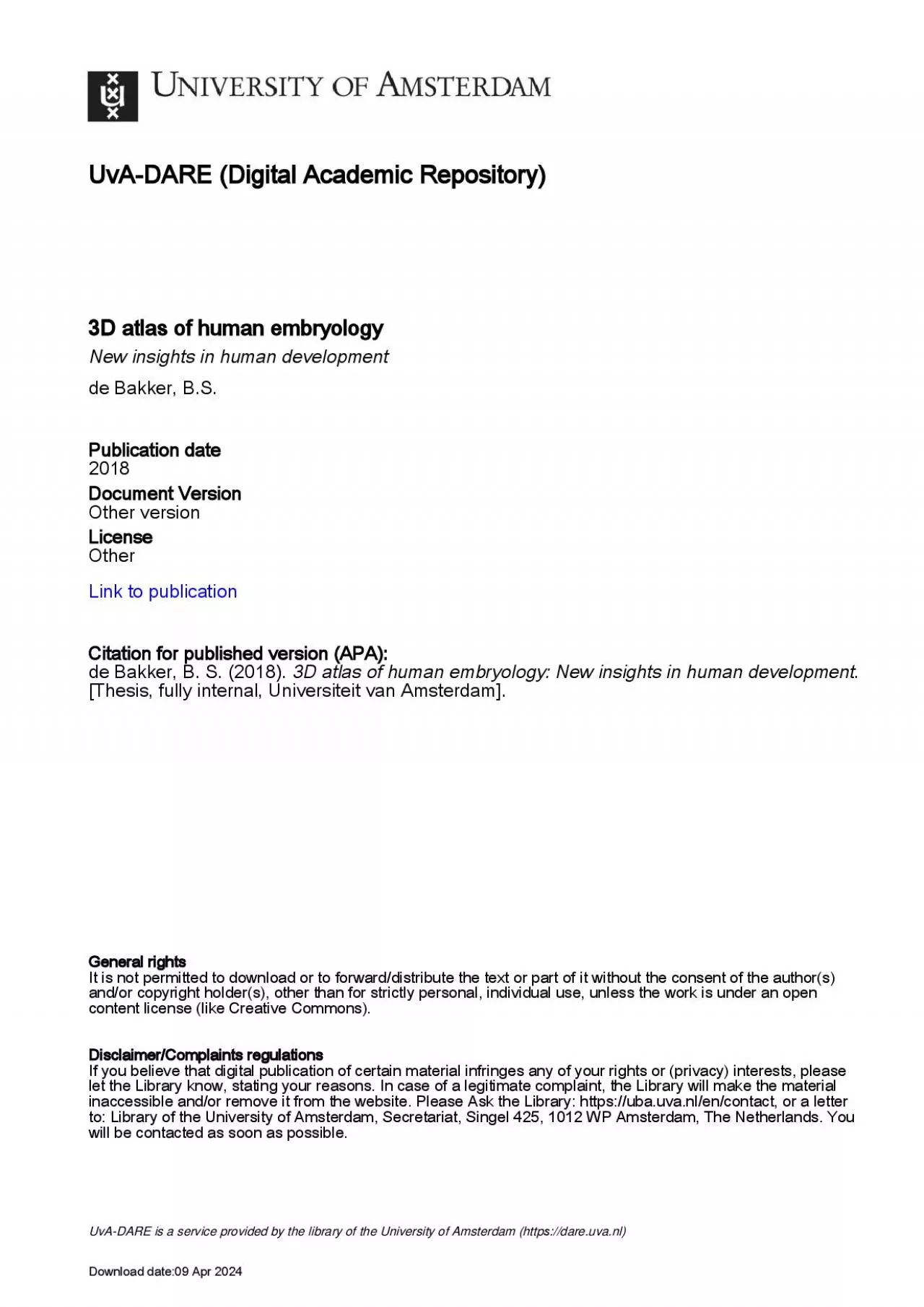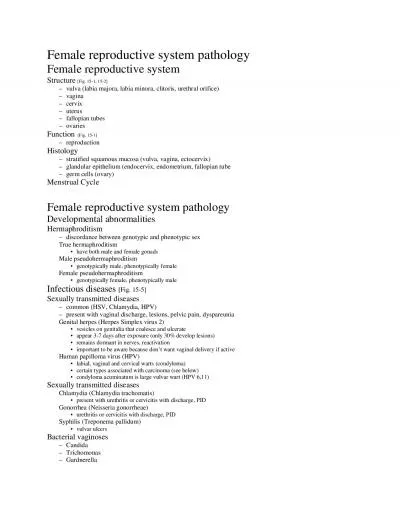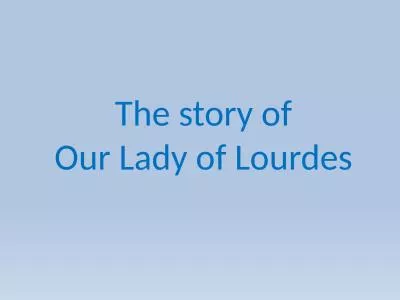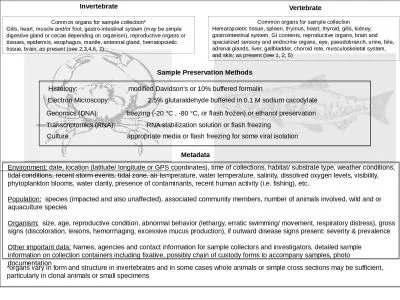PDF-HAPTER 42 EVELOPMENT OF THE REPRODUCTIVE ORGANS Bernadette S de Bakk
Author : emery | Published Date : 2022-08-26
TLAS OF UMAN MBRYOLOGY 186 The indifferent stageAt embryonic day 19 the human embryo is a 06 mm wide threelayered germ disc The three intraembryonic germ layers
Presentation Embed Code
Download Presentation
Download Presentation The PPT/PDF document "HAPTER 42 EVELOPMENT OF THE REPRODUCTIVE..." is the property of its rightful owner. Permission is granted to download and print the materials on this website for personal, non-commercial use only, and to display it on your personal computer provided you do not modify the materials and that you retain all copyright notices contained in the materials. By downloading content from our website, you accept the terms of this agreement.
HAPTER 42 EVELOPMENT OF THE REPRODUCTIVE ORGANS Bernadette S de Bakk: Transcript
Download Rules Of Document
"HAPTER 42 EVELOPMENT OF THE REPRODUCTIVE ORGANS Bernadette S de Bakk"The content belongs to its owner. You may download and print it for personal use, without modification, and keep all copyright notices. By downloading, you agree to these terms.
Related Documents














